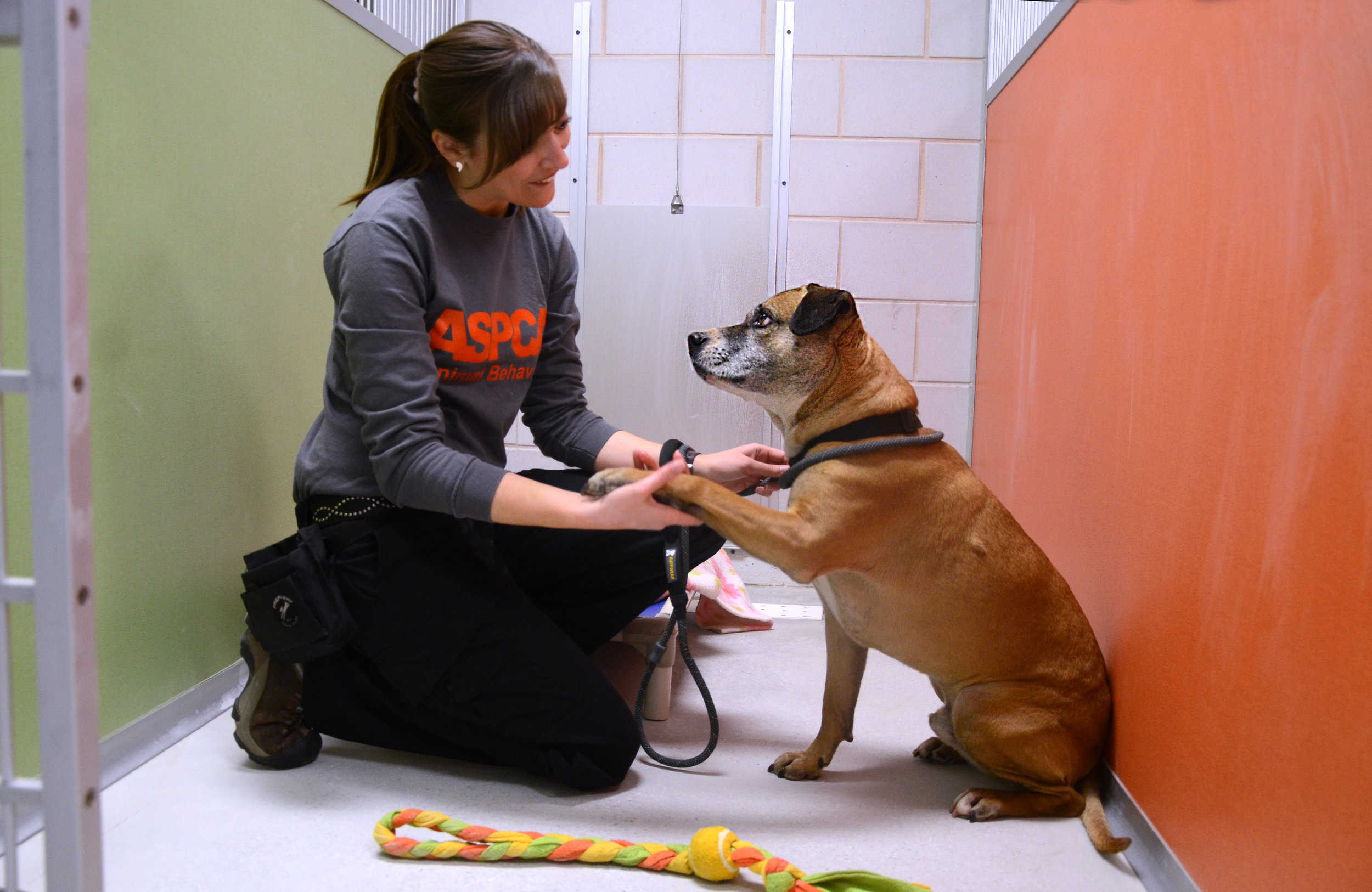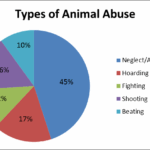Animal cruelty remains an insidious blight on society, deeply entrenched in cultural, economic, and personal narratives that often go unexamined. The heart-wrenching stories of neglected, abused, and abandoned animals permeate the news cycle, stirring emotional responses from the public. Yet, beyond the surface level of outrage and empathy, lies a complex web of societal factors that contribute to this ongoing tragedy. Addressing animal cruelty and its victims involves a multi-faceted approach focused on rescue, rehabilitation, and systemic reform.
First and foremost, rescue is a critical initial response to instances of animal cruelty. Organizations and individuals dedicated to the rescue of animals provide immediate relief to those suffering. This involves not only saving the animals from abusive situations but also ensuring they receive the appropriate medical attention and care. The responsibilities are immense; rescuers often navigate emotional and physical challenges as they encounter animals suffering from malnutrition, wounds, and psychological trauma. The rescue effort requires not just compassion but also strategic planning, including partnerships with veterinarians, shelters, and community organizations to facilitate effective interventions.
The power of community involvement cannot be overstated. Local grassroot organizations, alongside larger national entities, form a coalition capable of addressing the immediate needs of animal cruelty victims. Community-based rescue efforts can mobilize volunteers, offers resources such as foster homes, and increase awareness about the plight of companion animals in distress. Engaging the public through education, outreach, and hands-on opportunities helps cultivate a culture of empathy and action, laying the groundwork for a sustained commitment to animal welfare.
After the rescue comes the crucial step of rehabilitation. Animals that have suffered abuse often display a myriad of behavioral issues resulting from trauma. Rehabilitation is not solely about physical healing; it involves rebuilding trust and confidence in the animal. Shelters and rescue organizations have increasingly adopted trauma-informed care approaches, recognizing the necessity to address both physical and emotional scars. Training professionals in animal behavior and understanding trauma responses enhances the rehabilitation process.
Effective rehabilitation often requires a long-term commitment. Animals may need individualized treatment plans that incorporate behavioral training, socialization techniques, and sometimes medication. In addition to fostering a nurturing environment, rehabilitation programs must focus on reintroducing animals to appropriate social settings and preparing them for potential adoption. Success stories abound, showcasing the resilience of these creatures who, once shattered, bloom under the right circumstances. This, in turn, encourages potential adopters to consider the journey these animals have endured, fostering a deeper connection to their plight.
On a broader scale, reform plays an essential role in changing the systemic issues that contribute to animal cruelty. Advocating for stronger legislative measures that protect animal rights is paramount. Current laws often fall short in providing adequate protection and punitive measures for offenders. Advocates must engage in lobbying efforts to raise awareness and support for initiatives aimed at reforming these outdated laws. Campaigns that educate pet owners about responsible ownership, the importance of spaying and neutering, and proper animal care can reduce the number of animals entering shelters.
One profound area for reform relates to education. Implementing comprehensive educational programs in schools can foster a sense of responsibility and compassion towards animals from a young age. By integrating animal welfare into curriculums, children learn empathy, respect for living beings, and the importance of stewardship. These early lessons lay the groundwork for future generations that will view animal cruelty not just as a legal issue, but as a moral imperative.
Social media can be harnessed as a formidable tool for change. Campaigns that highlight the unspeakable realities of animal cruelty can reach vast audiences, sparking conversations about ethics and responsible pet ownership. By amplifying the voices of both advocates and activists, the visibility of animal rights issues can surge, pressuring lawmakers to act decisively. This creates a cycle of awareness and action that is essential for lasting change.
Collaboration between animal welfare organizations and community-based initiatives can also lead to innovative solutions. For example, creating programs that offer financial assistance for pet care or subsidized spaying and neutering services can alleviate some of the economic burdens that lead to animal abandonment and neglect. Engaging with social service agencies can help identify at-risk populations and provide resources that prevent scenarios of cruelty before they occur.
Ultimately, the intersection of rescue, rehabilitation, and reform reveals an intricate tapestry that requires collective effort and unwavering dedication. Empathy should guide every action taken in the name of animal welfare. As we venture into deeper conversations about animal rights, acknowledging the complexities of cultural perspectives on animal ownership, companionship, and abuse will be essential. It’s not sufficient to simply react to instances of cruelty; proactive measures must take precedence.
As a society, we must cultivate connections with our animals and recognize their intrinsic value beyond mere property. The moral duty to protect those who cannot protect themselves demands not only awareness but concerted efforts to enact meaningful change. Only through an integrated approach of rescue, rehabilitation, and reform can we hope to alleviate the crippling effects of animal cruelty and pave the way for a more compassionate future.






